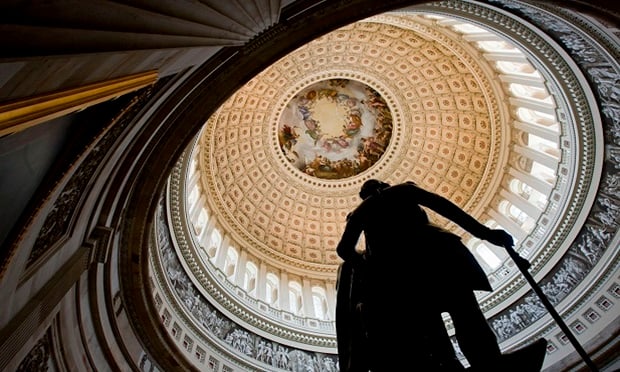I want to commend NCUA Chairman Dennis Dollar for reminding us (Credit Union Times, June 20) of the critical decision credit unions, Congress and NCUA made, in 1984, when we implemented the current 1% deposit system to re-capitalize the National Credit Union Share Insurance Fund (NCUSIF). Soon after, some banking groups irresponsibility asserted that, with the new deposit system, credit unions were poised to be the next S & L disaster. Juxtapose those claims with the deposit insurance reform options paper released by the FDIC last August-which included the credit union insurance system as a model for the banks to consider. How far we have come since the 1% deposit method was implemented! The only major obstacle the FDIC noted in using the 1% method for banks was "that the initial cost of chartering a bank or gathering deposits would be significantly increased." Credit unions did experience this problem in 1984 and solved it, in the cooperative fashion typical of credit unions, by biting the bullet and having each credit union pony up the 1% deposit in one shot. NAFCU's commitment to the "1% deposit" method of funding NCUSIF was most emphatically demonstrated in 1989, when NAFCU was initially the only credit union group to stand its ground against the Treasury Department's proposal that credit unions write-off their 1% NCUSIF deposits. Later, the credit union community rallied behind NAFCU, as credit unions and NCUA united to defeat the write-off proposal not just in 1989, but again when it was re-introduced two years later. These were important and decisive victories for credit unions, and credit unions throughout the country can be assured that NAFCU is prepared to mobilize once again if necessary in defense of this cause. Since its inception in 1967, NAFCU has been unambiguously clear in our support of the current structure of NCUA and the NCUSIF. We have, in the past, made it clear that NAFCU is opposed to adding or designating seats for other agencies on the NCUA Board since that would dilute the direct impact credit unions can have in the formulation of NCUA policy. NAFCU is likewise opposed to splitting NCUA's regulatory function from its insurance function, since that would appear to be a first step toward merging NCUSIF with the Bank Insurance Fund (BIF) and the Savings Association Insurance Fund (SAIF) under the umbrella of the Federal Deposit Insurance Corporation (FDIC) and placing NCUA as a bureau with the Treasury Department similar to the Office of Thrift Supervision (OTS) and the Comptroller of the Currency (OCC). Regardless of the make-up of the NCUA Board, proposals that, in one fashion or another, tend to erode NCUA's independence simultaneously tend to emasculate the distinctive characteristics that make credit unions the success that they are today. We cannot allow ourselves to forget that NCUA has always been a strong supporter of credit unions, serving as an advocate for the preservation of credit unions' unique status under the law, as well as promoting the value of credit unions to our nation and its economy. We cannot afford to mute this critical voice. As I believe Chairman Dollar states clearly, the decision to adopt the 1% deposit system is an "historical marker when.[credit unions and their members] became better able to have well deserved confidence in the long-term viability of their movement in America." I would contend that the long-term viability is dependent, warts and all, on the current structure of NCUA and NCUSIF. Fred R. Becker President and CEO NAFCU Arlington, VA
© 2025 ALM Global, LLC, All Rights Reserved. Request academic re-use from www.copyright.com. All other uses, submit a request to [email protected]. For more information visit Asset & Logo Licensing.







